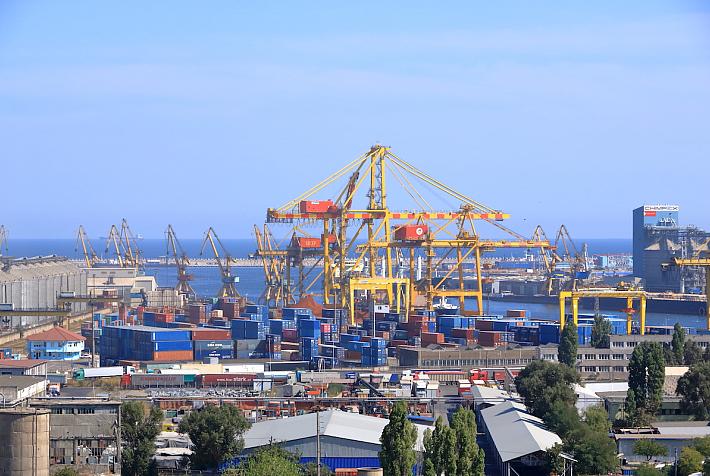Romania's regional cities, increasingly attractive for office space developers

Bigger regional cities like Cluj-Napoca, Timisoara and Iasi as well as smaller ones like Brasov, Constanta, Oradea or Sibiu are increasingly considered by firms seeking educated workforce and the office space market will develop accordingly, Mihnea Serbanescu, general manager of real estate consultancy firm Cushman & Wakefield Echinox explained in an interview with Ziarul Financiar daily.
Bucharest has 2.7 million square metres of modern office spaces, compared to only 1 million sqm in the regional cities, but the gap is narrowing, Serbanescu explained.
"For companies that need a skilled and educated workforce, these cities are a very good solution - they are university centres, people are well trained, and have decent income expectations [compared to Bucharest] while enjoying less busy traffic and the way of living here. Increased growth of regional cities also comes from the fact that companies find a better resource there," Serbanescu stated.
As regards other trends on the real estate market in Romania, he outlined the high dynamics in the demand for logistics spaces driven partly by the online commerce, embraced by the traditional retailers as well. In regard to the commercial spaces, the street shops lag behind the shopping malls simply because the public administration fails to deliver adequate public services (as opposed to the private managers of the shopping malls).
editor@romania-insider.com
(photo source: Pexels.com)











